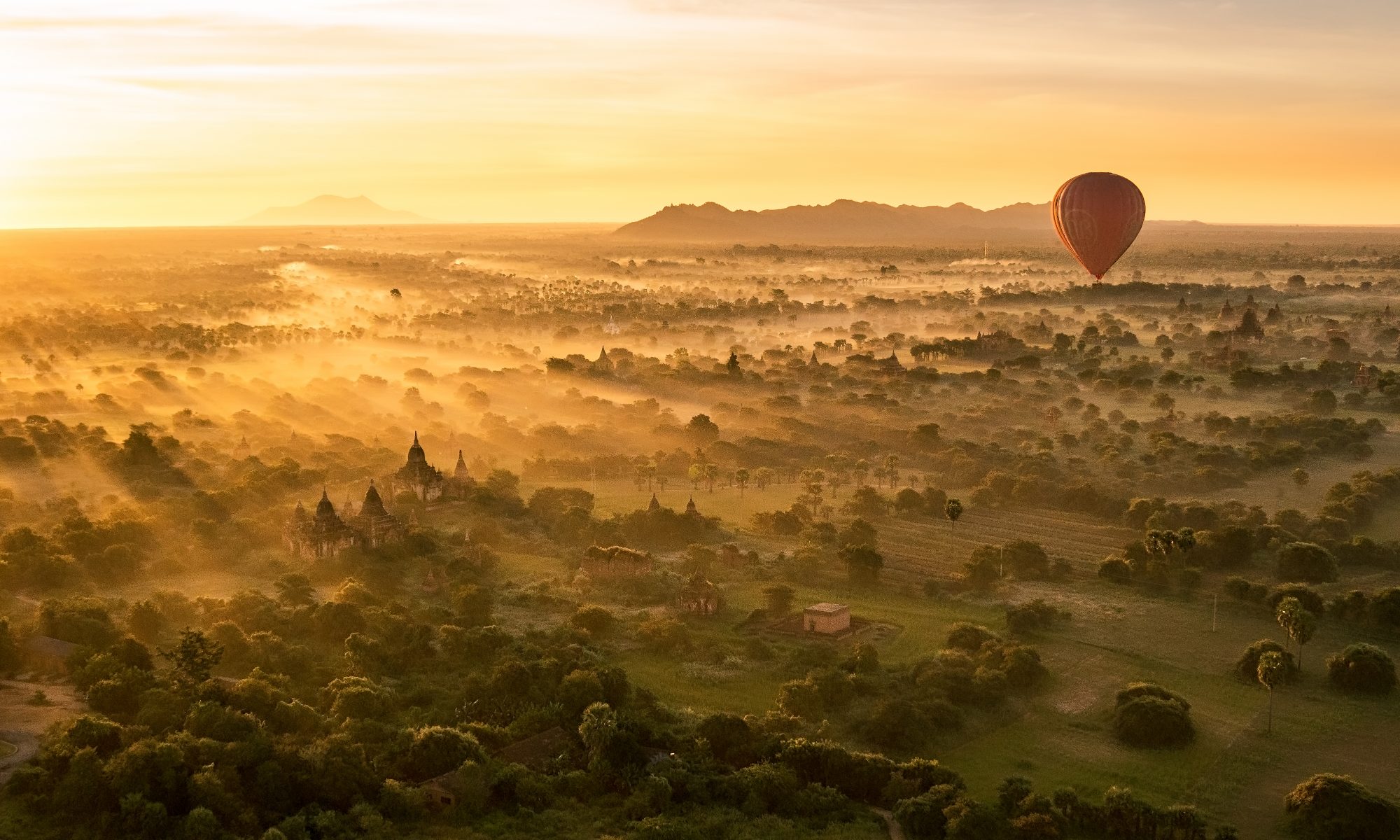
We spent a couple of days near Ayer’s Rock earlier this year and one of the options available from our hotel was a sunset helicopter ride with Professional Helicopter Services, which of course we jumped at. Shortly after the agreed time a small people carrier collected us at the hotel for the short journey to the airport. The helicopter actually takes place from a piece of land adjacent to the main Ayer’s Rock airport, so it’s a familiar journey.
The company we used clearly wasn’t a significant operation. The van driver was also the pilot and organiser (collecting payment if necessary, checking everyone’s where they should be etc.). There was no waiting area, so we sat in the van whilst the pre-flight checks were completed. Shortly afterwards we made our way to the waiting helicopter and the pilot kindly took photos of us in front of the aircraft. We were sharing with two other passengers on this occasion.


At this point it’s worth pointing out that the trip we had booked was for Ayer’s Rock and Kata Tjuta, the two independent rock formations in this area. Whilst Ayer’s Rock is the more well known of the two, Kata Tjuta is the more interesting. It’s taller and the formation itself is more visually interesting. However, Ayer’s Rock does have an allure to it that’s difficult to describe.

Both rock formations stand in stark contrast to the surrounding area which is completely barren and flat. Seeing them from the sky really emphasises just how far away you are from anything else. It’s rather humbling.

This trip is arranged so that you see Ayer’s Rock as the sun is setting, which means heading out towards Kata Tjuta first. I was sitting in one of the back seats and saw Kata Tjuta emerging on the horizon. Quite a sight with the low sun casting long shadows and basking everything in a warm light.
Kata Tjuta is very large, the photos don’t really do it justice. In fact, if you look at the photo below you can see a black spot just above the horizon, about a quarter in from the right. This is actually another helicopter that was take the same tour that evening. You can also, just about, make out vehicles on the ground. They are tiny in comparison to Kata Tjuta. I also like that from that angle, Kata Tjuta looks like a question mark.


After circling Kata Tjuta, getting to see it from multiple angles, we headed towards Ayer’s Rock for the finale. The flight is actually very well coordinate to ensure everyone gets a good view and an opportunity to take photos. As I mentioned, I was in one of the rear window seats and there was never a need to reach across my seat mate as the pilot flew in such a way to allow everyone an equal opportunity. The windows were also bubble shaped allowing for a great view and photographic opportunities.
The sun was low by this point, so the sight of Ayer’s Rock in the distance is one to behold.



Much like Kata Tjuta we circled Ayer’s Rock to get multiple views. We even managed to catch an incredibly rare sight in this part of the world, a rain shower in the distance. This was made all the more spectacular by the warm sunset light illuminating the falling water against a blue backdrop. Simply stunning to see. The pilot mentioned that on occasion you can see wild kangaroos and other animals roaming the surrounding area but we weren’t so fortunate.
Ayer’s Rock casts a long shadow at this time of day, as you can see form the photo below. It also glows a warm red colour that evolves throughout sunset. It seems to actually emit its own light at times and the shadows play and dance across its face.
Seeing it from the sky was a magical experience, and far superior to the previous night where we watched it from a viewing area with hundred, if not thousands, of other people complete with tour guides, buses and so on. You can see the viewing areas in the photo below towards the bottom right.

This was a remarkable experience, and one I’d recommend. Overall I found Ayer’s Rock, Yulara and Uluru to be a little disappointing. It felt forced and overly touristy, but this experience made the journey more than worthwhile.







































